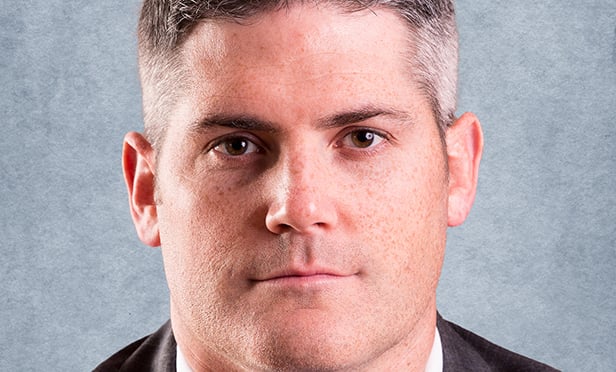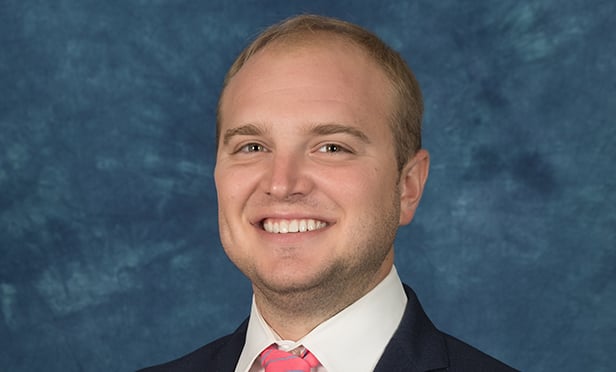WASHINGTON, DC—Institutional Property Advisors, a division of Marcus & Millichap, hosted its semi-annual market outlook webcast forum on Wednesday featuring industry leaders Doug Bibby, president of the National Multi Housing Council, and Sean J Breslin, executive vice president, Investments and Asset Management, for AvalonBay Communities. They joined Brian Murdy, the head of IPA and John Chang, the head of M&M/IPA research, sharing their views on a wide range of institutional apartment-related trends in 2014 over the course of an hour.
Mutual ground was quickly established among the speakers: the apartment sector has a positive, albeit slightly bumpy, road ahead. There will be a continuation of healthy supply-demand fundamentals for institutional apartments in 2014 especially with job growth expected to accelerate this year. Predictions call for some 2.7 million jobs created in 2014, compared to last year's 2.3 million.
Of course there are growing questions about the supply side of the equation. Some metro areas are building or converting a huge number of apartment buildings; there are also a number of high-end luxury projects in many urban areas.
During the webcast the specter of a growing affordability gap was raised and the participants agreed it did bear watching.
Ultimately they concluded that, as Chang said, "the pool of renters will remain strong."
These trends in the fundamentals, nuanced though they are, continue to reassure investors that multifamily is still a top asset class in which to be.
Sales volume rose to more than $100 billion in 2013, just 20 percent below 2007 peak. Despite the re-compressed cap rates in the sector, buyer demand remains strong.
Here too, though, the picture is hardly black-and-white.
Yes, cap rates are compressed but for how long? Will that change, and if so, in which markets? The most favorable ones or the secondary and tertiary ones in which investors have been pouring money as well?
The textbook scenario suggests that as interest rates rise, cap rate pressure will moderate at least for the ultra-low yield product.
But there is enough uncertainty—how much will interest rates and how quickly, for starters--for alternative scenarios to develop. Breslin, for example, believes interest rate increases will definitely have an impact on cap rates but it will be a "lag effect" and not a "one-to-one" impact.
Another theory tossed about: cap rates on the best assets will see more compression and for the tertiary markets they will decline. Net net, said one participant, "I anticipate cap rates will go down."
Another topic dissected in Wednesday's session was the direction of the GSEs. Would their lending ability be curtailed and if so, would private capital step into the breach?
Private capital has been stepping into the breach, it was noted. Still, with the GSEs winding down or at least shrinking its footprint "there will be pressure on borrowing costs going up," Bibby said.
The industry won't be waiting for long to see which want the GSEs will move. The panel is quite sure that if something will happen it will be between now and June. After that, the election year starts and Congress will not make any major changes.
Check back with GlobeSt.com next week for more on instutitional investment in the multifamily sector in an EXCLUSIVE Q&A with Murdy.
© Touchpoint Markets, All Rights Reserved. Request academic re-use from www.copyright.com. All other uses, submit a request to [email protected]. For more inforrmation visit Asset & Logo Licensing.







